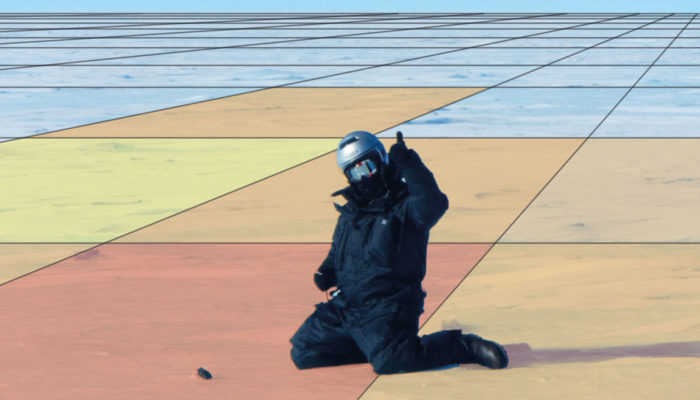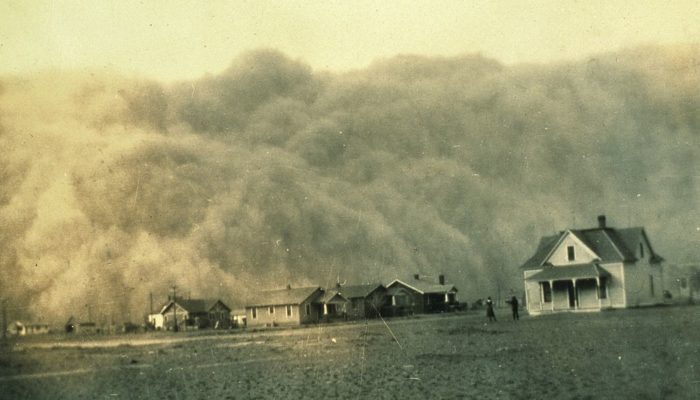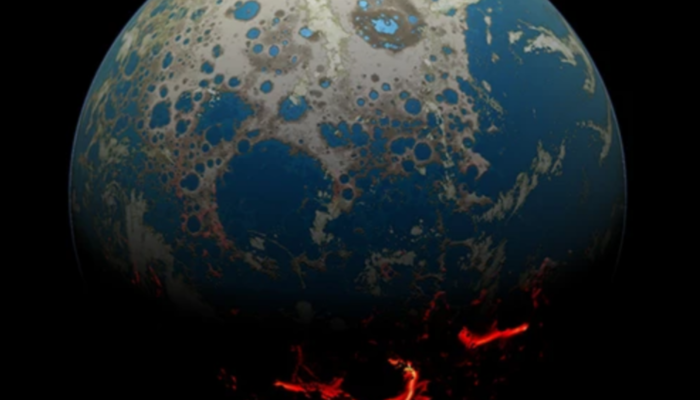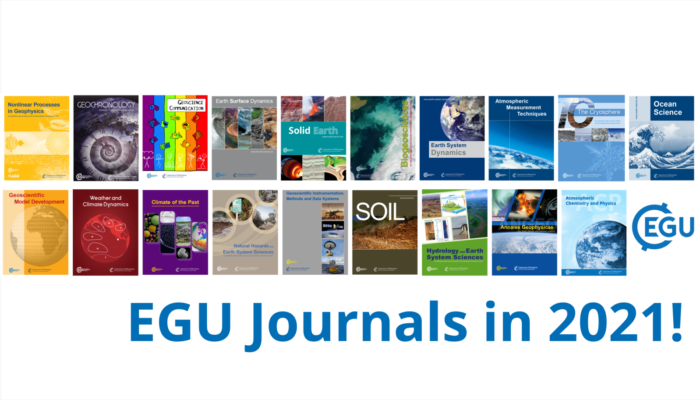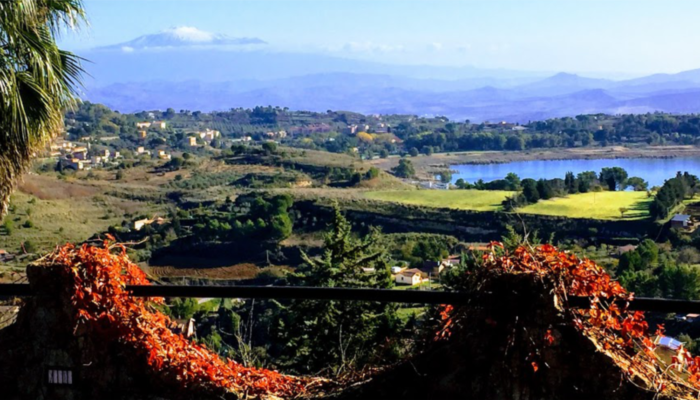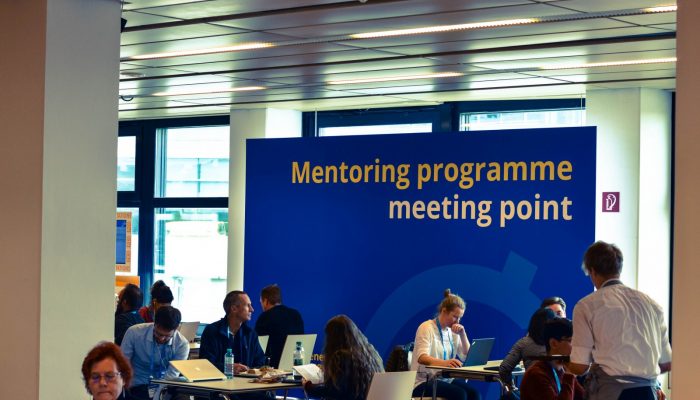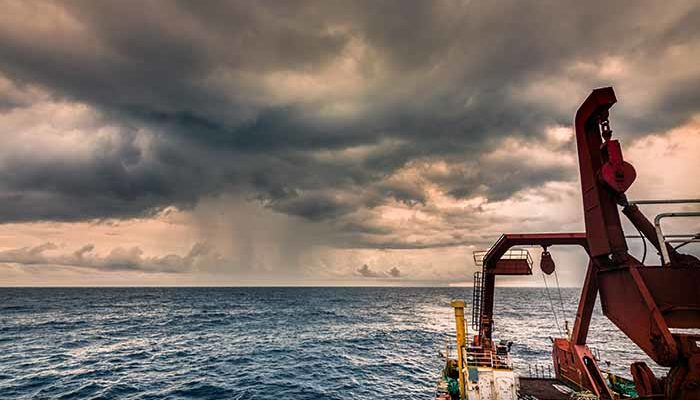A Belgian-Dutch team of scientists created the first-ever “treasure map” that shows where in Antarctica meteorites are likely to be found. Meteorites are samples from space that fall as stone-like material on the surface of the Earth. Once recovered, meteorites provide crucial information on the formation and evolution of our Solar System. First meteorite finds in Antarctica December 1969, Yamato ...[Read More]
If you didn't find what you was looking for try searching again.
Natural Hazards
Life with dust: its impacts and how to catch it
In today’s interview, we have the pleasure to meet Dr Slobodan Nickovic, who won the prestigious 2022 Plinius Medal. Slobodan is a research consultant at the Republic Hydrometeorological Service of Serbia, and at the Institute of Physics in Belgrade, Serbia. Throughout his career, he worked for national and international educational, scientific, and operational institutions including the Uni ...[Read More]
Ocean Sciences
The fragile connection of the Ocean and the Cryosphere – a story from the past
Compared to the formation and evolution of the Earth’s surface, the ancient oceans receive little attention in geological history. However, understanding the rise and fall of the oceans of the past—or “ghost oceans”—can reveal crucial information about the evolution of our planet, the cryosphere included. Can oceans play a historical role in climate change? If water bodies had not existed, would w ...[Read More]
Cryospheric Sciences
The fragile connection of the Ocean and the Cryosphere – a story from the past
Compared to the formation and evolution of the Earth’s surface, the ancient oceans receive little attention in geological history. However, understanding the rise and fall of the oceans of the past—or “ghost oceans”—can reveal crucial information about the evolution of our planet, the cryosphere included. Can oceans play a historical role in climate change? If water bodies had not existed, would w ...[Read More]
GeoLog
The most-read EGU journal articles in 2021!
This year EGU published more than 3,375 peer-reviewed articles in our 19 Open Access journals. Upon learning about this impressive number of articles, we wondered: which of these were the most popular? You can find out in the following list of the most-read article for each EGU journal. From rainfall-runoff prediction, tipping points and open source hazard mapping, to the use of language around fr ...[Read More]
Tectonics and Structural Geology
Geomythology. The Sicilian Trilogy – Part I: Persephone on the endorheic Pergusa lake
If, in 2022, you still think that seasons depend on the Earth’s rotation around its tilted axis and around the Sun… you are surely right. However, in ancient times, the Greeks, and the Romans afterwards, thought it was due to an agreement between Zeus and Hades, to save Persephone from the Underworld. The sick love of Gods Persephone, daughter of Demeter, the Goddess of harvest and agricultu ...[Read More]
GeoLog
The EGU22 Mentoring Program could be just what your career needs
The countdown to EGU22 has officially begun! If you are participating in the General Assembly this year and want to support and connect with other researchers in or outside of your field, we encourage you to sign up for the EGU22 Mentoring Program. The program matches experienced conference participants (mentors) with those who have not previously participated in a large geoscience conference (men ...[Read More]
Geodynamics
Do lower mantle slabs contribute in generating the Indian Ocean geoid low?
The Indian Ocean Geoid Low is an enigmatic phenomenon in geodynamics. Many brain-storming hypotheses have been proposed in the last few decades to explain this geoid low. One popular idea argues that the high density lower mantle slabs contribute to this geoid low. Recent discoveries have shown that low-density anomalies from the African LLSVP region could have a more substantial influence on crea ...[Read More]
Geodynamics
The Sassy Scientist – Whining Unleashed
We are all underpaid and underappreciated. That is almost the dictionary definition of academic jobs. We bounce from one barely acceptable contract to the next, hoping to finally land a tenure-track position that allows us to swim in money like Scrooge McDuck. But before that, science itself should be its own reward and sustenance. Sometimes though, we hear from a friend of a friend about a collea ...[Read More]
Geochemistry, Mineralogy, Petrology & Volcanology
Minerals and Art: a centuries-old connection
Since ancient times, colours have been fundamental for artistic expression: pigments have always been created from fruits, leaves-flowers, and minerals. During the centuries, new material discoveries and techniques increased the shades we can still see and use nowadays. Once upon a Prehistoric time… El Castillo Cave, in Spain, is one of the earliest known cave paintings, dated to more than 40,000 ...[Read More]

